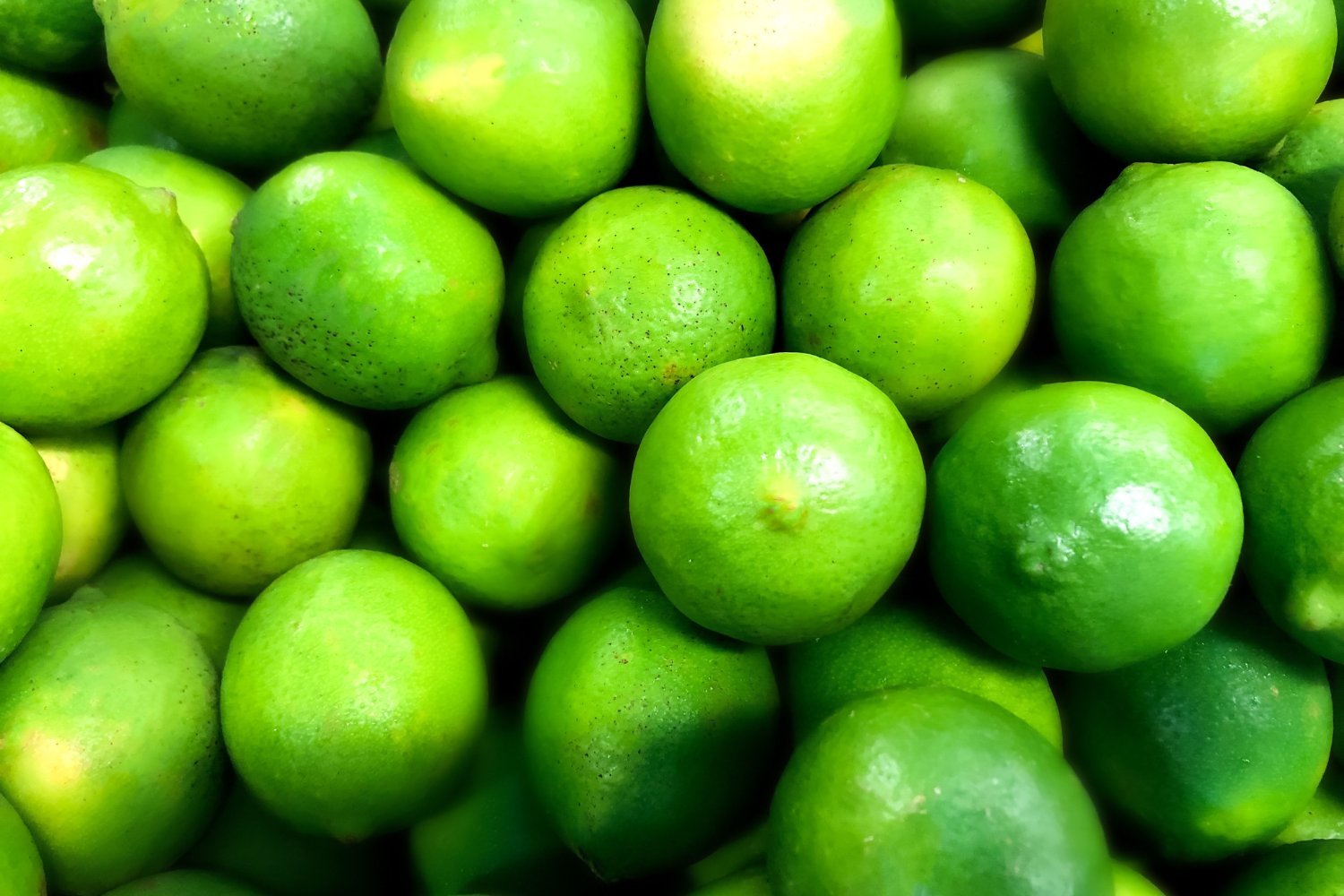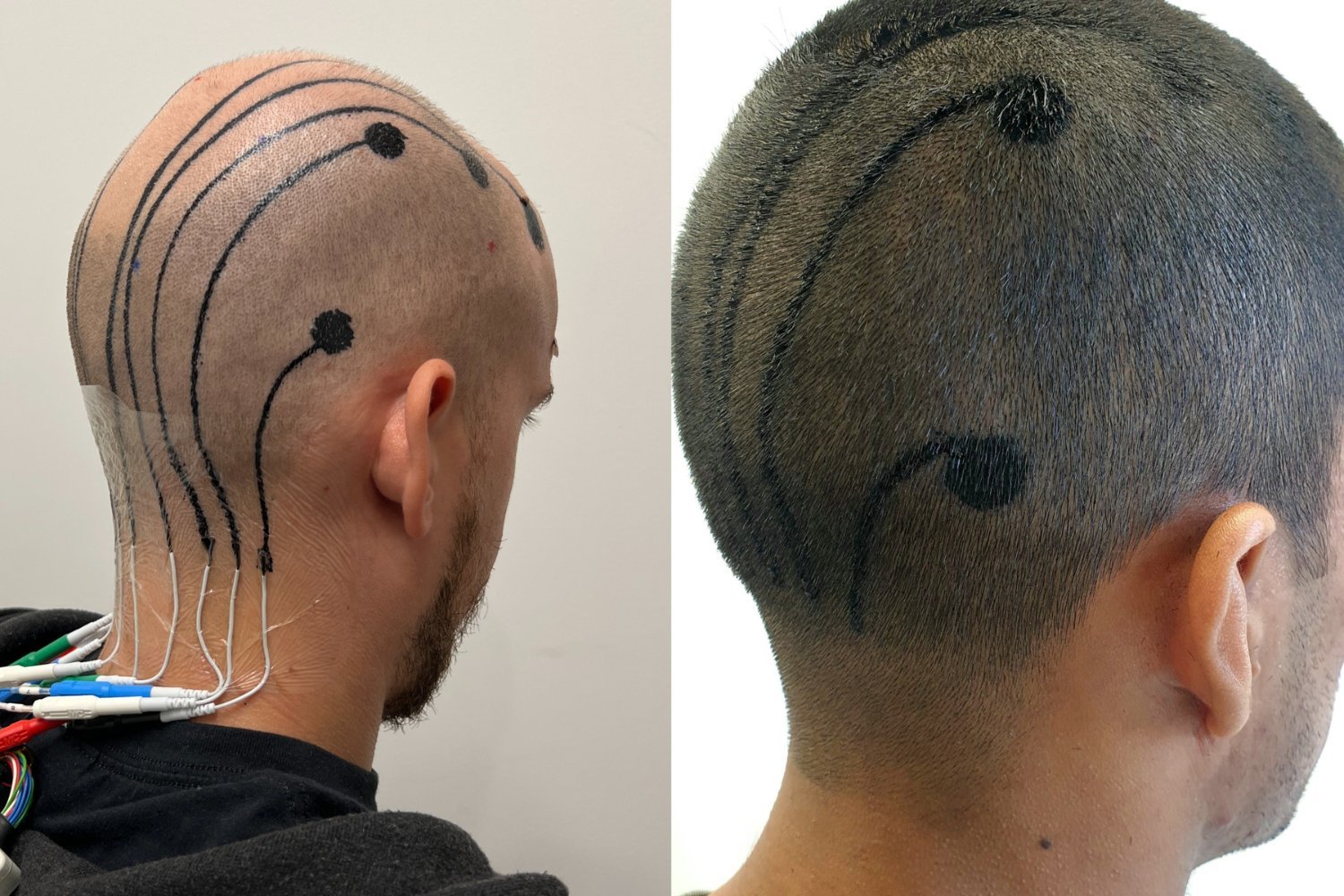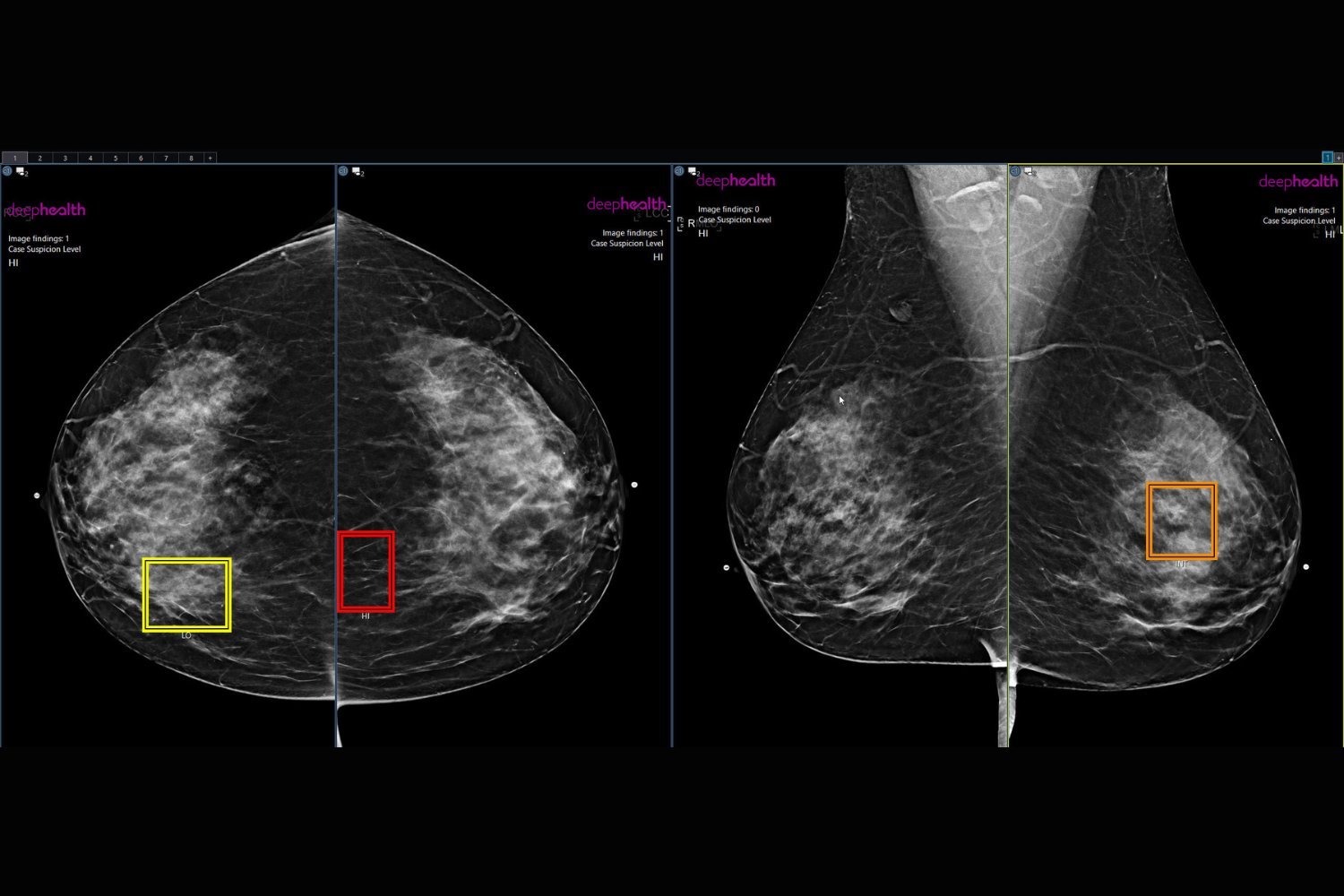Phytophotodermatitis, sometimes referred to as “lime disease,” isn’t the tick-borne illness you might be familiar with. This condition arises from a different culprit altogether: the combination of certain plant chemicals and sun exposure. A recent case highlighted in the New England Journal of Medicine showcases the potential severity of this often-overlooked skin reaction.
A 40-year-old man presented at an allergy clinic with a burning rash and blisters on his hands. He had manually juiced 12 limes the day before and subsequently spent hours outdoors at a soccer game. This combination led to a diagnosis of phytophotodermatitis. The photos of his hands, available in the journal article, vividly illustrate the condition’s impact.
Phytophotodermatitis develops due to exposure to furanocoumarins, chemicals present in various plants and fruits, followed by exposure to ultraviolet A (UVA) radiation. These furanocoumarins absorb into the skin and increase its sensitivity to UVA light, triggering an inflammatory reaction that damages skin cells. Unlike sunburn, symptoms may not appear for a day or two.
Citrus fruits, such as limes and lemons, are common culprits, hence the nickname “lime disease.” Other names include “margarita burn,” highlighting the risk associated with preparing lime-heavy cocktails in sunny environments. Figs, celery, parsley, and other plants can also cause phytophotodermatitis. While the name might sound amusing, severe cases can lead to open wounds and secondary skin infections.
Unfortunately, no quick cure exists for phytophotodermatitis. The condition typically resolves on its own over weeks or months. Topical treatments, such as steroid creams and moisturizers, can help manage symptoms and prevent infection.
The man in the case study received topical steroids and moisturizers. Although he developed further blistering and scaling, his hands eventually healed after several months. However, phytophotodermatitis can sometimes cause long-lasting hyperpigmentation, taking years to fade. While some speculate that the condition can cause blindness, particularly after exposure to giant hogweed, no documented cases support this claim.
In conclusion, phytophotodermatitis is a skin reaction caused by the interaction of plant chemicals and sunlight. While often associated with citrus fruits, various plants can trigger the condition. Prevention is key, and awareness of this “other lime disease” can help individuals avoid painful and potentially long-lasting skin damage. Protecting your skin from sun exposure after handling plants like limes is a simple precaution that can prevent this unpleasant condition.











